The supermarkets kept a tight lid on inflation last month despite growing concerns about drought and rising oil prices.
Average prices at the big four crept up by just 0.1% over the four weeks to 27 March, according to The Grocer Price Index, compiled by BrandView.co.uk. The uplift was the same even with promotions stripped out.
The plateauing follows a couple of months of sharp increases and could prove to be the calm before the storm as rising oil prices feed through into higher commodity prices and the unseasonably warm weather compounds drought fears.
While meat, dairy and fruit & veg prices all declined slightly over the past month, these cuts are likely to be short-lived if there is more bad news on oil prices and the weather.
For now, however, prices appear to be under control and it is the two biggest multiples, Tesco and Asda, that are keeping the tightest check on them.
Asda brought its base prices down by 0.8%, although prices at the tills edged up 0.1% once promotions were factored in.
Tesco was the only supermarket surveyed to bring average prices down month-on-month both before and after deals. The supermarket is fighting back after a poor Christmas trading period forced it to issue a profit warning in January.
This week, Kantar Worldpanel said Tesco’s sales growth rate - at 2.7% for the 12 weeks to 18 March - had improved on earlier snapshots this year.
Even so, on price Tesco still has some way to go before it catches up on the ground it has lost to Asda over the past year. Despite bringing base prices down 0.3% month-on-month, they were still 7% higher than this time last year.
Tesco is some way behind its peers when it comes to keeping year-on-year inflation in check - on average prices at the big four were 4% higher than last year both before and after deals. Sainsbury’s and Asda have done the best job of controlling it, both recording figures of 3% compared with 6% at Tesco, 5% at Waitrose and 4% at Morrisons.
Sainsbury’s inflation-fighting efforts and Brand Match guarantee have also clearly resonated well with shoppers - last week, the retailer reported better-than-expected quarterly like-for-like sales growth of 2.6%.
Another supermarket to have benefited from improved price perception is Waitrose, which reported a 3% increase like-for-like sales in March.
Despite the record number of deals it has been running and the popularity of its budget Essential range, its prices at the tills are still 5% higher than last year, however.
Meanwhile, Morrisons, which reported an 8.4% increase in full-year profits early in the month - prompting CEO Dalton Philips to declare it the retailer’s “best year yet” - increased its prices at the tills the most month-on-month, by 0.7%.
Wholesale prices: packaging materials
The spiralling price of crude oil continues to send shockwaves through the plastics market, driving up prices. All the plastics in our tracker have become more expensive over the past month, with LDPE seeing the biggest gains, up 12.2%.
While higher feedstock - ie crude - costs have played a key role in making plastics more expensive, prices are also being driven up by high demand and a squeeze on supply as buyers return to the market after Christmas. At the start of this month, Dow Chemicals announced it would not accept any further orders for LDPE in Europe during March because of high demand.
At the opposite end of the market, Kraftliner prices have moved down just 1.6% month-on-month. Prices have remained largely stable despite fears suppliers would try to push through higher prices this month. However, prices are expected to nudge higher over the next month or two.
Julia Glotz


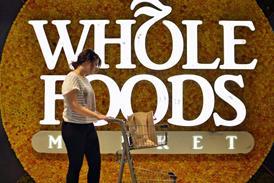

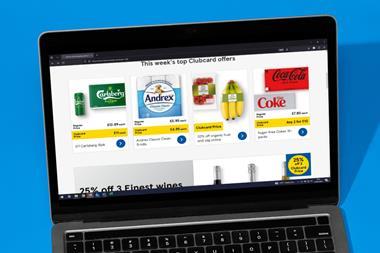



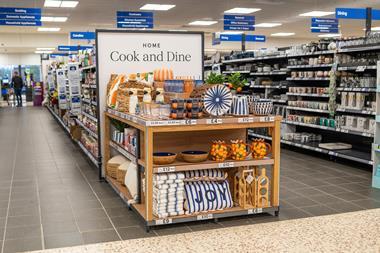

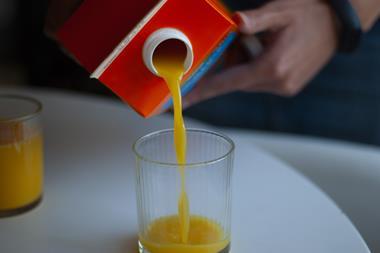
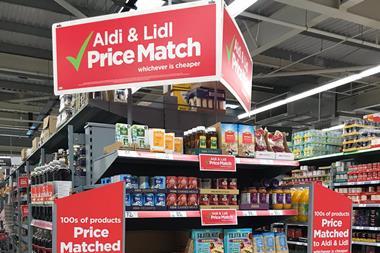
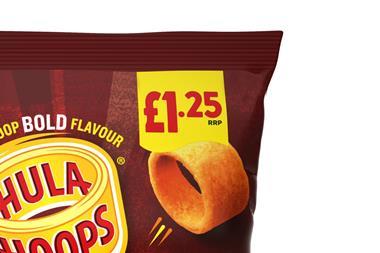
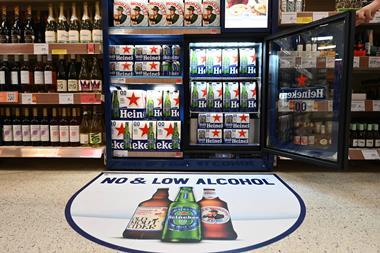
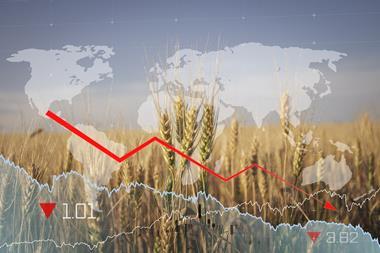
No comments yet